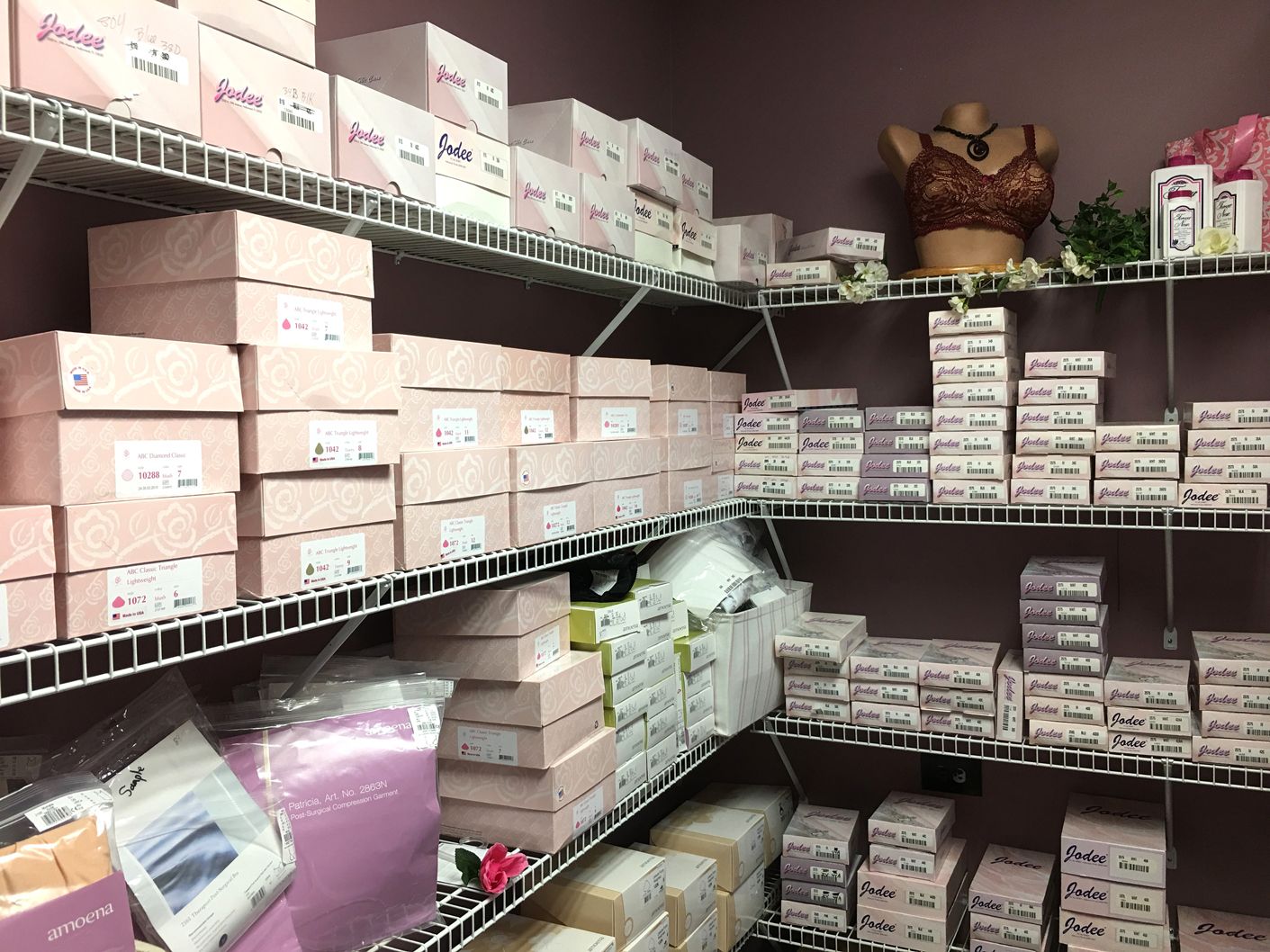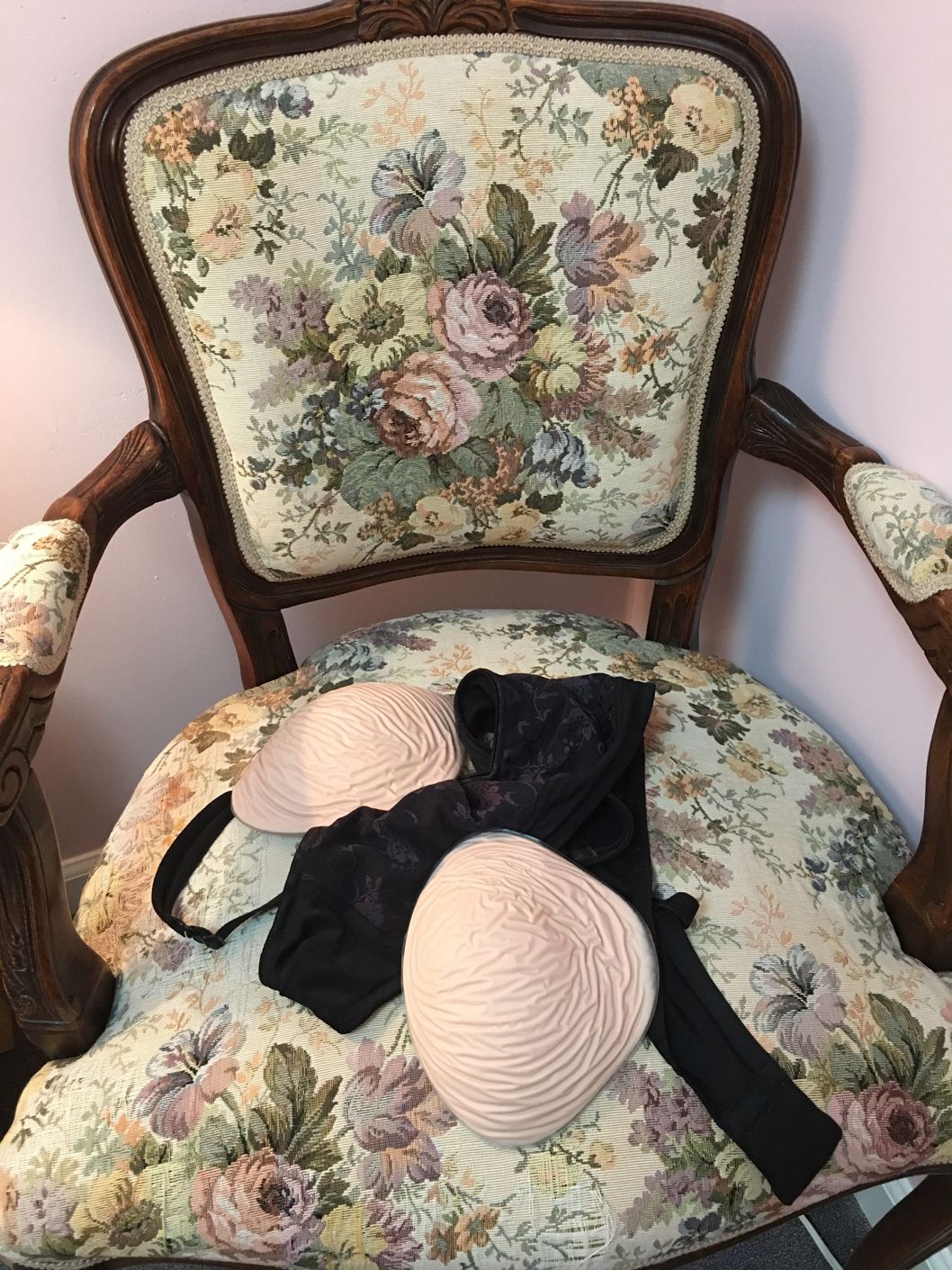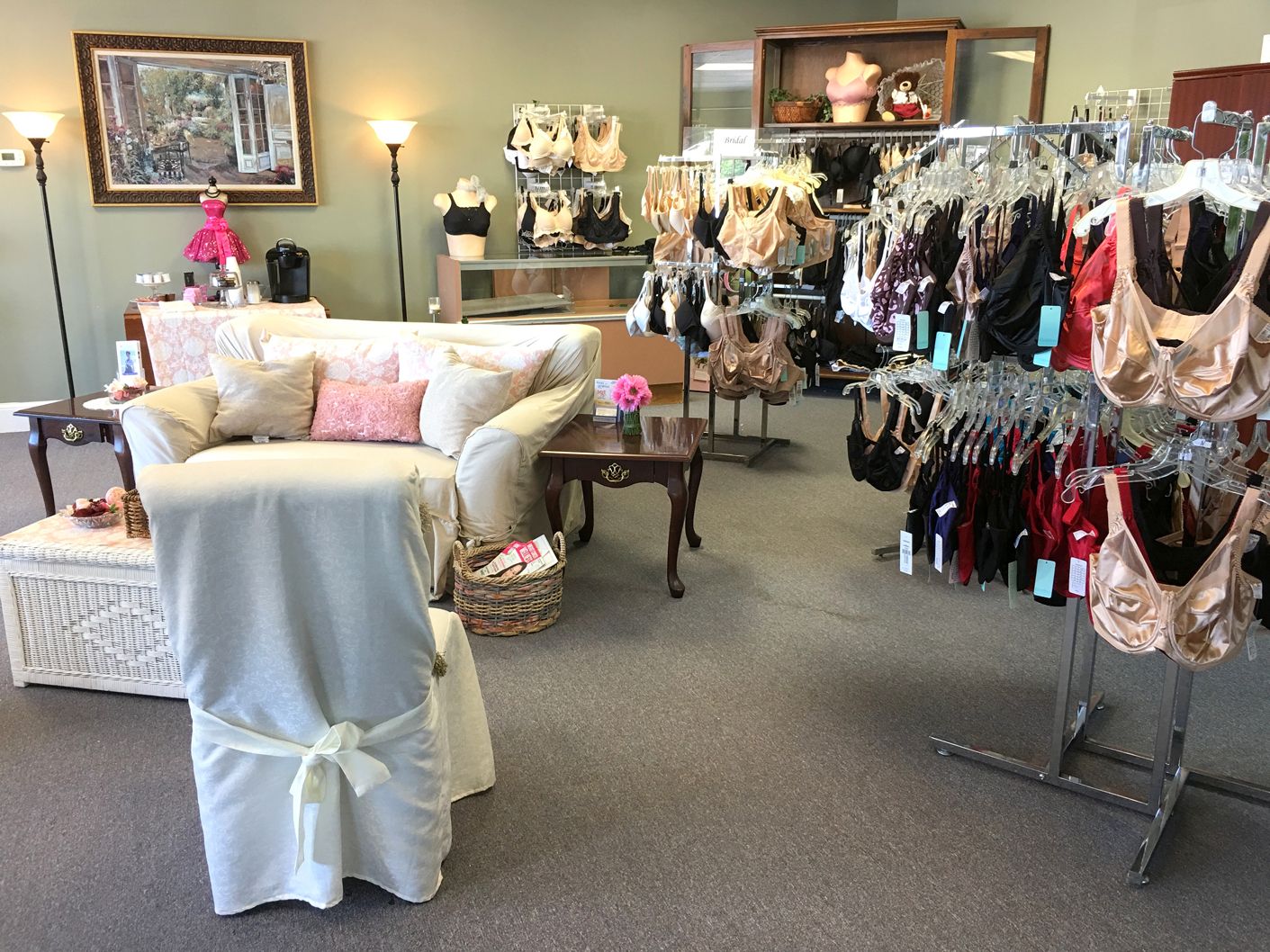Article
Picking Out Bras and Prostheses, a Survivor's Experience
Author(s):
The process of picking out the perfect mastectomy bra and prostheses is often emotional but with time, the selection process becomes easier.

I never considered myself a naïve person, but when I was diagnosed with breast cancer three years ago, I had no idea it would impact me for the rest of my life. I thought I’d have surgery, go through treatment and be done. Then, when I made the decision to have both breasts removed, I didn’t know choosing not to do reconstruction would be such a challenge. There was so much I needed to learn.
Today was my annual visit to the prosthetic shop. Every year, for the past three years, I’ve made this trek. Forty-five minutes of driving to a neighboring town takes me to a tiny specialty shop. The clientele are breast cancer patients and survivors. Inside the shop are wigs, head coverings, bras and prostheses. The ladies who run the shop have been specially trained in bra fitting, so I feel confident going there. Today’s visit will be old hat, but I remember when it was all very new.
About a month after I’d had my breasts removed, the breast surgeon called me into her office for a checkup. At that visit, she examined my scars and before I left, she handed me two prescriptions. One was for mastectomy bras and the other was for prostheses. She explained that I’d want to get the items as soon as possible. I must have looked like a deer in headlights because she sat down and explained insurance normally covers four mastectomy bras a year and one set of prostheses every other year. I left her office feeling very strange. I had no idea prescriptions were required for bras and fake boobs.
When I visited the local specialty shop, I was embarrassed. I was so new to being breastless. Walking into the shop with a flat chest, I felt humiliated. As I approached the counter and handed my prescriptions to the salesperson, she smiled and welcomed me. She took me by the arm and led me to a fitting room where she measured me with a retractable measuring tape. She apologized as she held the tape against my scars. She could see how fresh they were and noticed my face during the fitting.
“Honey,” she said, “You’re too young to have had to go through this trauma.” I smiled and shook my head in agreement. I wanted to scream out, “You have no idea what I’ve been through!” But I didn’t.
I remember her showing me dozens of mastectomy bras. She explained the differences in them and showed me how to insert a pair of trial prostheses into the little openings on the inside of the bras. She was very knowledgeable and took her time. I was thankful for her patience as I tried on a variety of styles until I found one that worked for me.
When it came time to pick out my own prostheses, I began to weep. The fitter closed the door to the dressing room and told me to take my time. When she came back into the room, I was wiping tears from my cheeks. I apologized for being so emotional and she quickly put me at ease. She said I shouldn’t worry. She’d had many women react the same way. She explained she had expected me to cry since it had only been a month since surgery and if I hadn’t cried, she would have been worried. I was grateful for her kindness.

The first prosthetic I held in my hands was a silicone rubber flesh-colored mound. I was surprised at its weight. The smallest size, an A cup, was hefty. When I held the C cup, I could barely hold it in one hand. It was extremely heavy and I was afraid I would drop it. I was asked what size bra I’d worn before surgery. When I told the fitter I’d been a B cup, she smiled and explained I could now how my choice of cup sizes. She told me I could go as small or as large as I wanted to go. I tried each cup size on with a mastectomy bra and found the A cup to be sufficient. I couldn’t stand the weight of heavier prostheses against my scar. I paid for my purchases and left the store feeling shocked and overwhelmed.
That was three years ago. Today when I went into the store, I greeted the salesperson with a cheery smile. I explained I was there to get new bras. Instead of waiting for her to measure and fit me, I walked straight over to the racks of bras and started looking through them. I knew exactly what type bra I wanted and I knew what size I needed. Gathering the selections, I’d made, I carried them up to the counter. I pulled out my insurance card and asked when I qualified for a new pair of boobs. The fitter checked my chart and said I had another six months to go. I wanted to be sure I was within the correct time frame for insurance coverage so I didn’t purchase prostheses today although I did check out some new versions. This time, when I held the C cups in my hands, I laughed. I told the salesperson I was ready to go big. As my purchases were slipped into a bag, I said my goodbyes and reminded the staff I’d be back in six months for my Dolly Parton-sized boobs.
I’ve come a long way in three years. What was once a humiliating and embarrassing experience has now become commonplace. I know I’ll need to buy bras and prostheses for the rest of my life. I’m sure the next time I visit the store, I’ll feel even more comfortable than ever. I may even invite the fitter to join me for lunch! I’m sure we’re going to be really good friends a year or two down the road.
Making the best of a bad situation is always a good idea. The fear of the unknown can be crippling, and I know that’s why I had such an emotional reaction the first time. I’m so happy I’ve passed that initial phase of my journey, but I’d like to offer a word of encouragement to those about to make their first mastectomy bra or prosthetic purchase. The fitters want to help you. They are trained to help you make bra selections that will be best suited for your needs. Choosing a replacement breast can be difficult but replacing the weight of your missing breast will help your body adjust. Without replacing the breast, your body will try to compensate and this can often cause rounding of the shoulders and result in back pain.
Every insurance company is different, so it’s best to check your policy for coverage limitations. I always wait to visit the prosthetic shop until after I’ve met my yearly deductible, that way, I only have to pay my 20 percent. Be sure you have a written prescription for your bras and your prosthetic. Many insurance companies require this. If your doctor doesn’t volunteer a prescription, ask for one.
Living life without breasts doesn’t have to be difficult. I wear my prostheses when I want to and I don’t when I don’t. Most of the time, when I’m out in public, I wear a mastectomy bra and prostheses, but when I’m home, I find it more comfortable to go without them.

Think of all the choices you’ll have when you visit a shop for bras! There are just as many choices as there are in a normal lingerie store. If you want a sports bra, they’ve got them! If you prefer an underwire, no problem. Sexy, t-shirt, racerback bras…all available. The only difference between mastectomy bras and regular bras is that mastectomy bras have an inner lining type pocket that holds the prosthetic. Slipping the breast form inside the bra is quick and easy.
Prostheses come in different shapes, sizes, and weights. They’re available in silicone, polyester fiberfill and even microbeads. You have the power to choose what works best for you, so have fun doing it. Your first experience might be an emotional one, but subsequent experiences will get easier with time.




